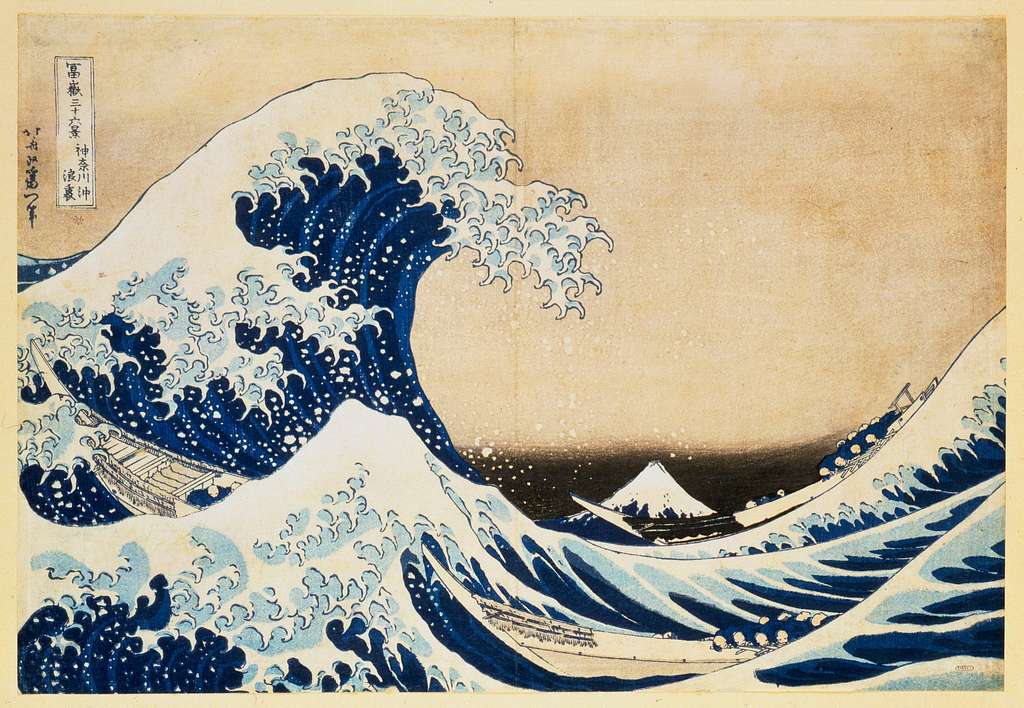Featured image from PICRYL
Target audience and setting:
This lesson is appropriate for high school students learning about Japanese history and culture in a world history class. In practice, the idea behind this activity is to be a fun way to synthesize information learned about a unit on Japanese culture and/or history, while also summatively assessing students if chosen to do so. For the sake of this class, the information we are learning is condensed because of time constraints!
Content:
Shintoism, Japanese feudalism, and unique cultural developments that took place during the Edo period will be studied. In the case of a high school history class, these topics are interesting and important to learn because many high schoolers are fans of anime, manga, and Japanese culture as a whole. Many areas of Japanese culture are heavily influenced by Shintoism, and much of anime and manga have themes of Japanese feudalism. The Edo period, which was an era of isolation due to “Sakoku” policies, ushered in unique cultural developments which is not only seen in anime and manga, but throughout many sectors of Japanese society today.
As an aside, a staggering number of my students love Japanese culture and want to learn more about it. Of course, my experience is far from universal, but the popularity of anime and manga has increased over the years (as well as interest in Japanese culture) so this lesson will resonate most for students with these interests.
Process:
- Students will have read two short articles about Japanese feudalism and culture during the Edo period. (0 minutes)
- First, I will introduce the themes we are learning about in class today which are Shintoism, Japanese feudalism, and culture during the Edo period. Students will already be familiar with Japanese feudalism and culture during the Edo period. (1 minute)
- I will then play a short YouTube video that gives a brief overview of Shintoism. (4 minutes)
- Next, I will introduce the activity we are working on today, which is a mini-collage students will create using a guiding Google Slides document. The first slide is about Shintoism, the second slide is about Japanese feudalism, and the third slide is about culture during the Edo period. Each of these slides has an area for students to insert their photo of choice, as well as a text box to connect the photo to the theme at hand. In these same text boxes, students must answer at least two of the following sourcing questions from the Stanford History Education Group:
- Who wrote/created this?
- What is the author’s perspective?
- Why was it written/created?
- When was it written/created?
- Where was it written/created?
- Is the source reliable? Why? Why not?
- There is a fourth slide for students to create a collage. (3 minutes)
- After going over the instructions, I will show an example of a completed activity. (1 minute)
- I will give a demo of Picryl and Creative Commons-friendly Google Searching to show how these resources can find historical pictures. (1 minute)
- Work time! We will all work in the same Zoom room, so I will be able to answer questions as they come up. (12 minutes)
- Sharing time! For the remainder of class, students will be invited to share their collage on their fourth slide. Do not identify the pictures on this slide because other students will guess which of the three themes each picture represents! (6 minutes maximum)
Resources:
Article about Japanese feudalism to read before class
Article about culture during the Edo period before class

